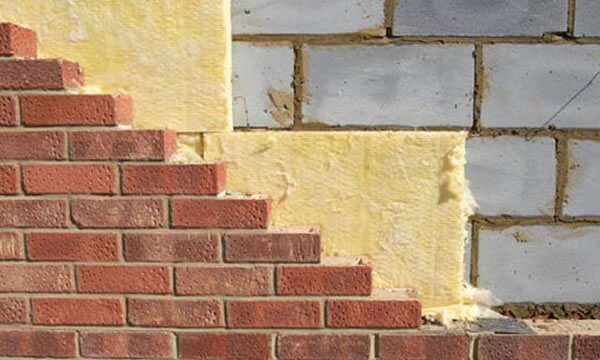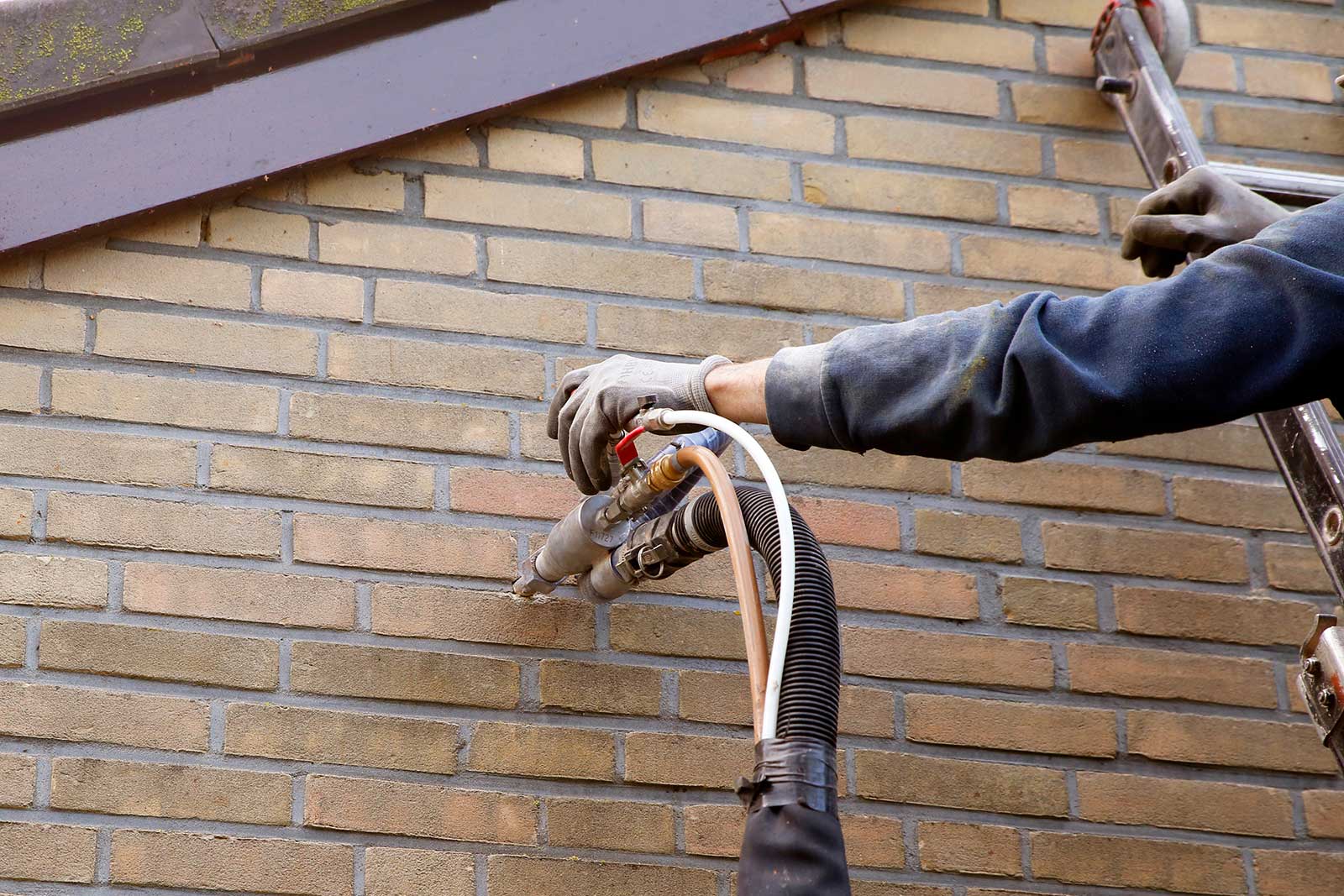CAVITY WALL INSULATION
CAVITY WALL INSULATION
Up to half of the heat loss from a house occurs through the walls. This can be reduced by two-thirds by insulating the walls. Most houses built before about 1980 have no wall insulation. Many (though not all) houses built during the 1980s have some wall insulation. Houses built since the 1991 Building Regulations came into effect are required to have wall insulation. Insulation may be placed on the outside, in the cavity or on the inside of a wall, without altering the overall insulation properties.
Since the work is done from outside, it cause minimum disturbances inside. The drilled holes, which are typically about 25mm (1 inch) in diameter and spaced a metre or so apart, are then filled to match the wall appearance as closely as possible. The job typically takes less than a day.
In relation to the pumping of your walls with a bonded bead system you would noticeably improve the overall thermal properties of your house and in turn reduce your energy bills for the winter months.
How Cavity Wall Insulation Works
- When considering wall insulation, first you should find out whether your house has cavity walls or solid walls. A building contractor, BER Assessor or architect will be able to tell you if you have cavity walls in your new or older house.
- The walls of many houses consist of two ‘leaves’ of brick or concrete block with a cavity or space between them to resist rain penetration.
- In older houses insulation can be injected into this cavity through holes drilled through the outer leaf, by means of a blowing or pumping machine.

Top

